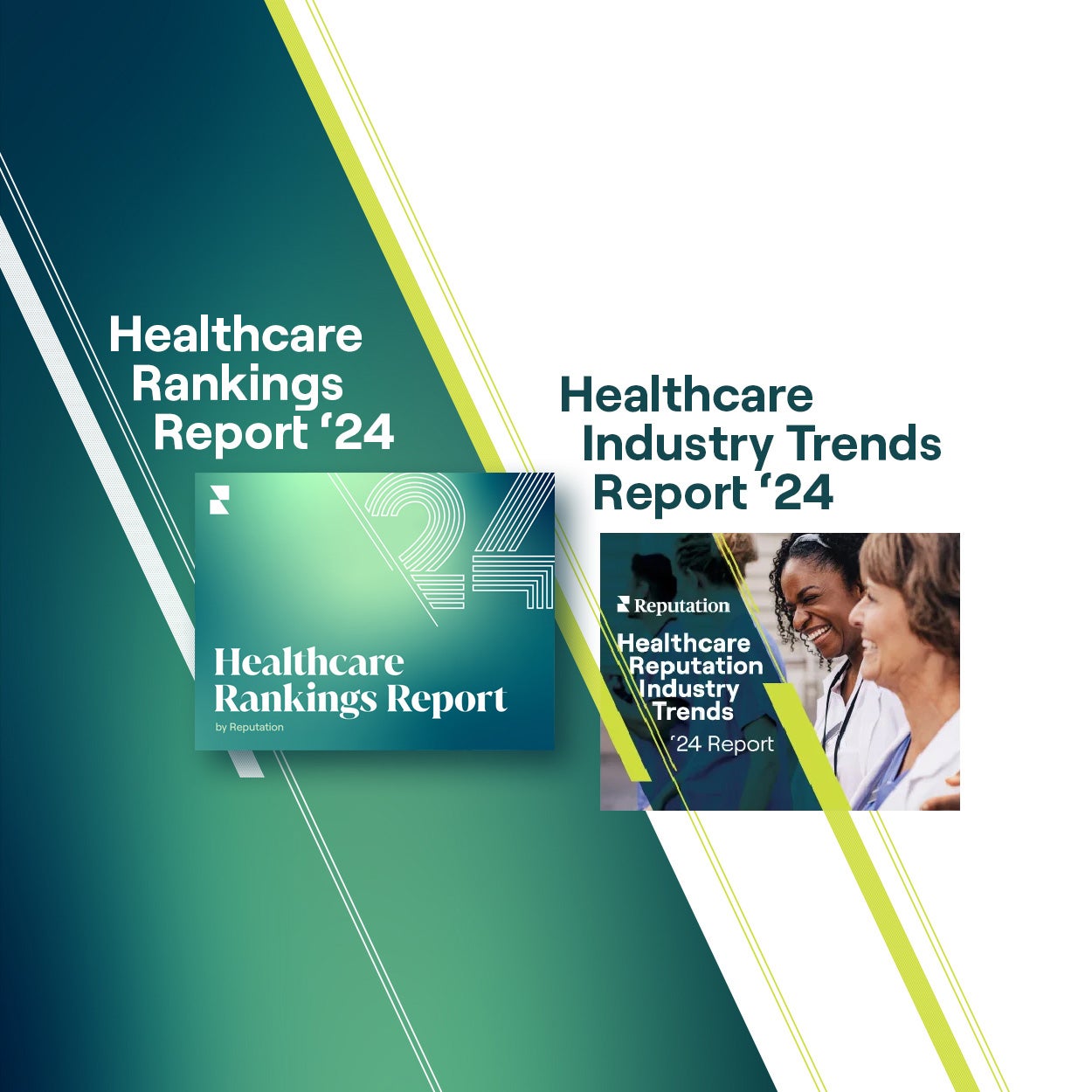3 Ways to Turn Patients into Digital Advocates
Reputation Staff Writer

Why? Because healthcare consumers are more informed and tech-savvy than ever. They’re looking for doctors and providers online, on social networks and Google, and frequently using their smartphones.
According to SoftwareAdvice, nearly 80 percent of consumers report using online reviews as a first step to seeking a provider, while 16 percent use them to validate their choice of a doctor. And among millennials, the fastest growing and largest group of healthcare seekers, 75 percent are more likely to trust patient reviews on Google over primary care physician referrals. These statistics point to the strategic importance of building a strong online reputation.
Online Reputation Management Strategies Build Advocacy
But how do you create digital advocates — patients who will sing your praises on online review sites and social channels, sending new patients your way?
Here are three ways to bolster your online presence on search pages, social media and review sites, to create brand awareness and attract more patients:
1) Systematically request reviews from all patients, and distribute them among the sites that matter most. Search engine visibility depends on four key factors: review volume, review freshness, review length and star ratings (sentiment). So, generating a high volume of recent reviews is critical for good SEO.
Use an Online Reputation Management (ORM) platform to dynamically adjust where to send patients to write reviews, to make sure reviews are distributed across key review sites. Start with review sites most frequented by healthcare consumers – Google, Healthgrades and Facebook are the most critical. You can increase response rates by requesting reviews in clinics through an iPad or kiosk, or right after a visit via email and SMS.
2) Respond in a HIPAA-compliant manner to all negative reviews, and to at least 20 percent of all positive reviews. Responding to reviews improves your credibility and shows that you care and are actively listening to patient concerns. When you show prospective patients that you listen and respond to feedback, you encourage further customer engagement that often leads to more positive reviews.Reputation.com recommends responding within two to three business days. Automatic alerts within an Online Reputation Management platform enable you to stay on top of all reviews and ensure reviewers receive timely responses. Remember never to disclose any protected health information (PHI) — HIPAA forbids it.
3) Publish online reviews and ratings alongside CAHPS scores to add credibility and context. Marketers must solicit, capture and stream online reviews to doctor and location web pages, to rank highly Search Engine Result Pages (SERPs) and to supplement CAHPS results. Not only do online reviews capture patient feedback not covered by CAHPS surveys, they provide real-time patient experience data to help improve operations and quality of care.
Learn more about how Reputation.com can help you turn patients into digital advocates who help drive admissions, recurring visits and revenue.

